Email Marketing for Online Courses: Best Practices and Expert Tips
Master email marketing for online courses and grow your audience with proven strategies that nurture trust and drive sales.
Master email marketing for online courses and grow your audience with proven strategies that nurture trust and drive sales.

Email might feel old-fashioned, but it’s still one of the most powerful marketing tools. With inboxes overflowing every day, standing out takes more than clever subject lines. It takes strategy.
Whether you’re launching a new online course or trying to re-engage past students, a smart email approach can drive real results and build stronger relationships with your audience.

Email marketing is absolutely worth it. In fact, it’s one of the few channels you fully control, and it consistently drives strong engagement and course sales without high costs or complex tools.
Social media feeds change daily, but email gives direct access to your audience. People open their inbox with intent, not distraction, which makes it easier to capture attention and inspire action.
A thoughtful sequence can move someone from a curious subscriber to a paying student.
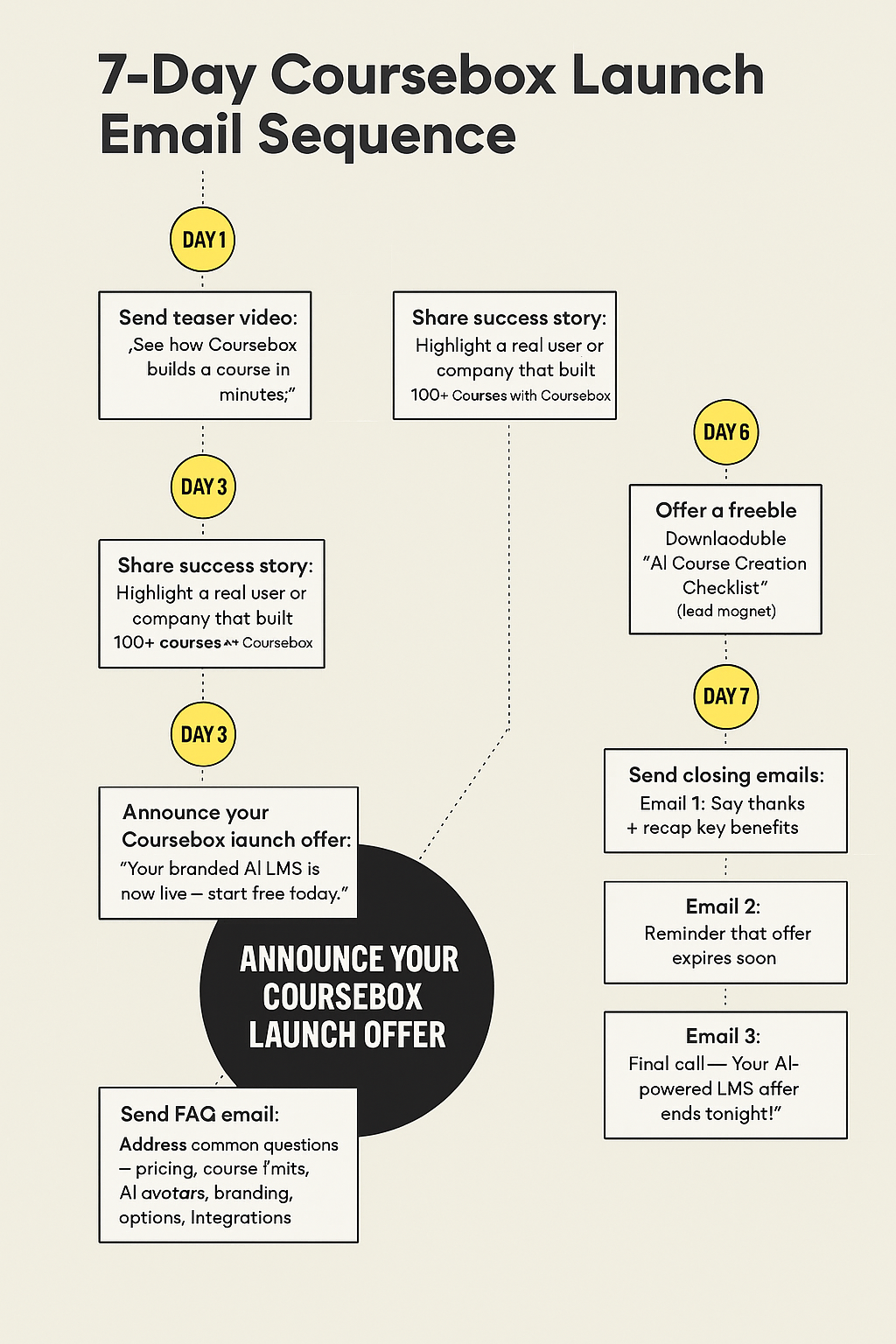
Send teaser video:
Example: “See how Coursebox AI builds a course in minutes.”
Share a success story:
Example: Highlight a real user or company that built 100+ courses with Coursebox AI.
Announce your Coursebox launch offer:
Example: “Your branded AI LMS is now live. Start free today.”
Send FAQ email:
Address common questions: pricing, course limits, AI avatars, branding options, integrations
Offer a freebie:
Example: Downloadable “AI Course Creation Checklist.”
(lead magnet)
Send closing emails:
Email also brings practical advantages that make it stand out:
No ad spend or media costs. Just one tool and unlimited reach.
Every subscriber chose to hear from you, making each message more relevant and personal. Additionally, you can tailor messages to different learner goals, experience levels, or course types.
Once your system runs smoothly, you can reach thousands with minimal extra effort.
Email works best when treated like a system, not a single campaign. Instead of random blasts, every message should have a purpose, helping subscribers move from curious to confident about joining your course.
The good news? You don’t need complicated funnels or a huge budget to make it happen. After creating a course, with the help of organic marketing, you can also build lasting engagement, save time, and boost course sales.

Your email list is the foundation of every successful campaign. Without it, your messages won’t reach the people most likely to enroll in your courses. Start by collecting emails from potential students using lead magnets, sign-up forms, and pop-ups.
Lead magnets that work:
Where to place forms:
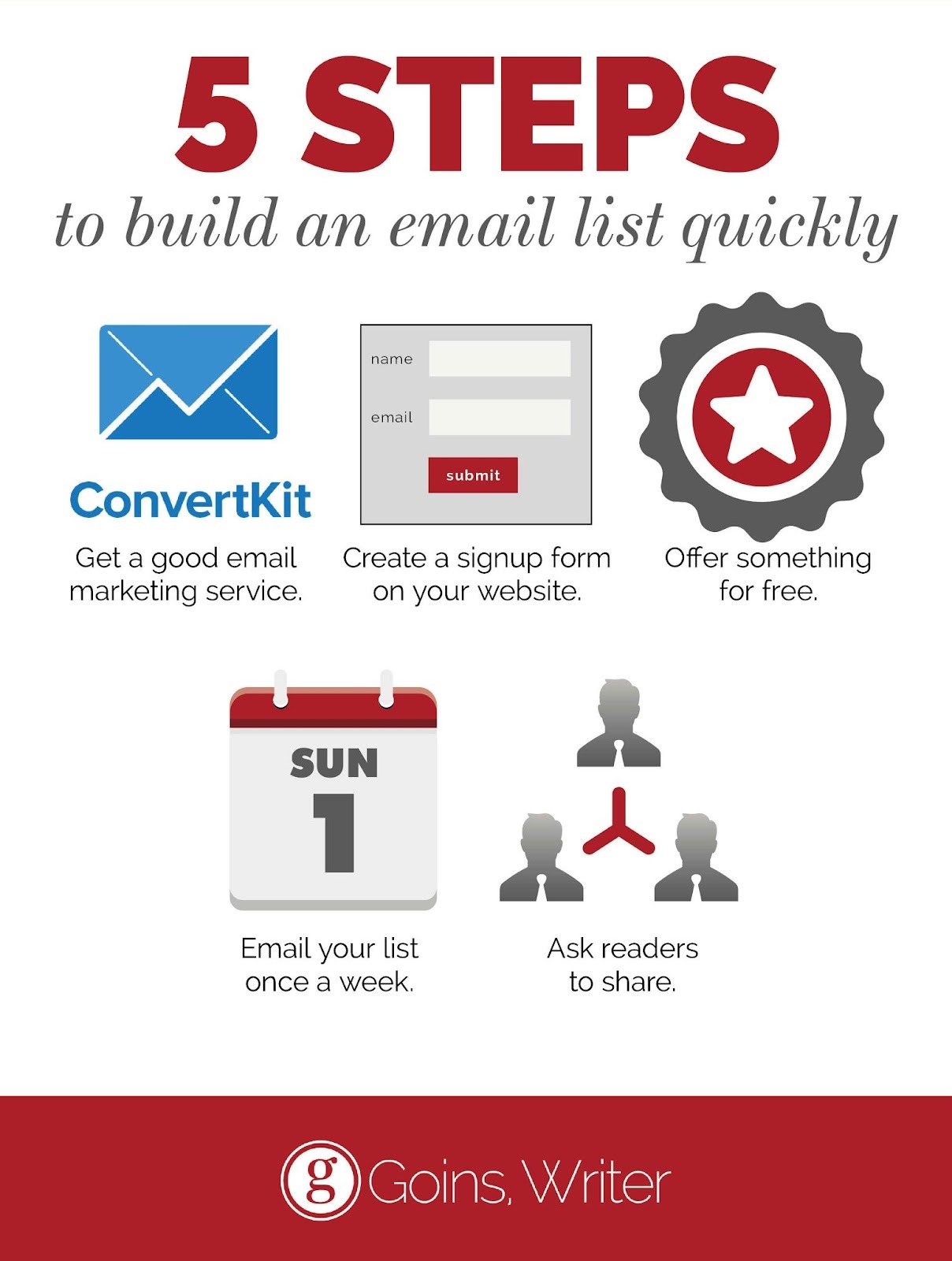
Keep forms simple: one field (email) and a clear button like “Send me the template.” Mobile users appreciate forms that aren’t intrusive and can be easily closed.
Pro Tip: Even if only a few visitors sign up, each one is a potential paying student. Focus on quality leads over quantity early on. Additionally, offer the lead magnet immediately after sign-up to encourage engagement and build trust from day one.
Segmentation ensures each subscriber receives content that matches their interests and stage in the learning journey. Sending the same email to everyone reduces engagement and lowers conversion rates.
Why segmentation matters:
Marketers using segmented campaigns see up to 760% higher revenue compared to generic campaigns. Personalized emails build trust, encourage interaction, and increase course enrollments.
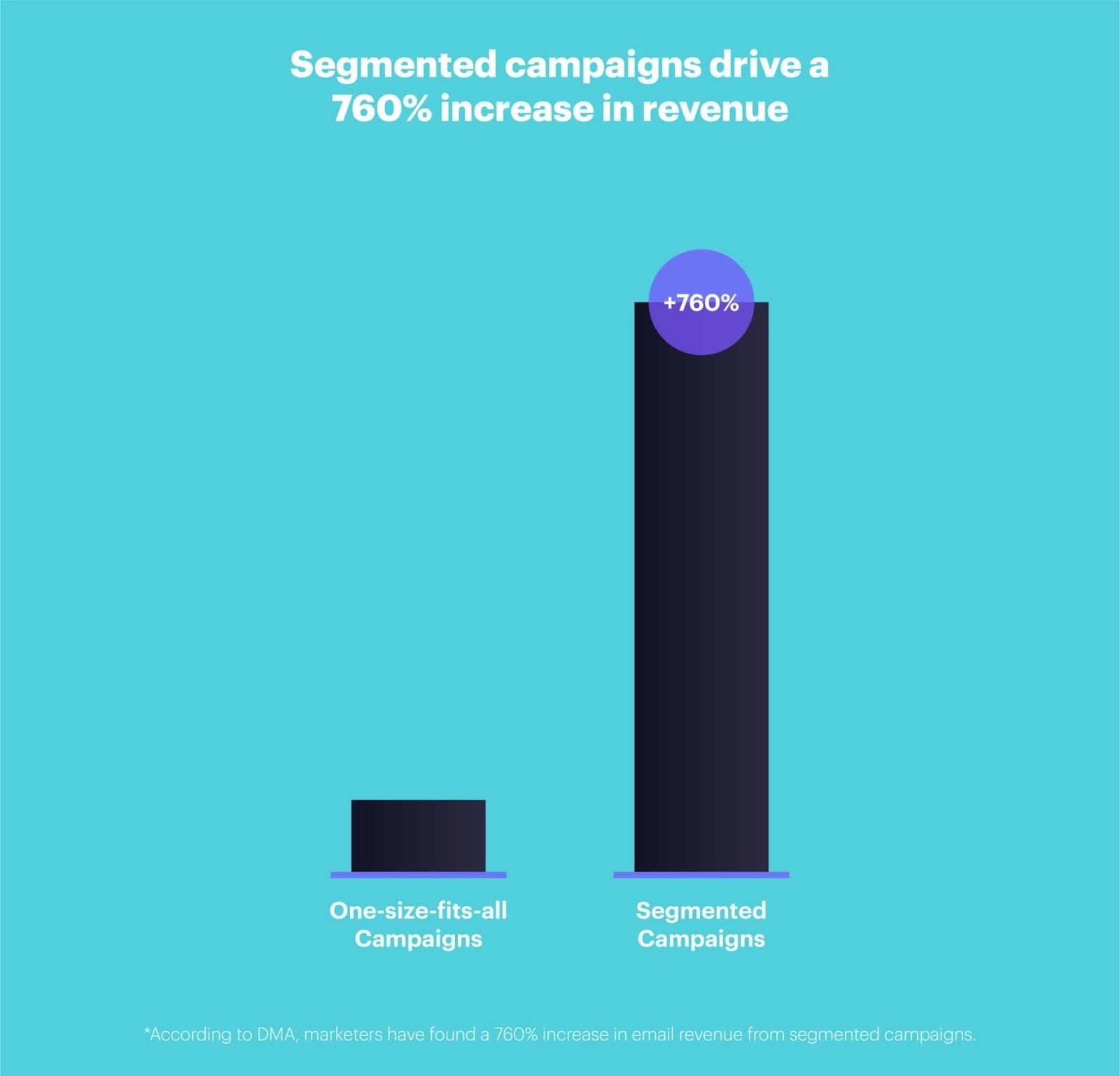
Easy ways to segment subscribers:
Advanced tags to consider as you grow:
Tools to use:
Consistency is key in email marketing. Sending emails sporadically won’t build trust, educate potential students, or keep your courses top of mind. A well-planned schedule ensures that subscribers expect and engage with your content over time.
Why scheduling matters:
Emails that arrive predictably help establish your brand as reliable. Even unopened emails keep your name visible in inboxes, gradually building familiarity and trust.

How to plan your schedule:
Example weekly flow:
Tools to use:
Expert Tip: Track which days and times generate the highest open and click rates. Small timing tweaks can dramatically increase engagement and conversions.
Automations streamline your communication and let your email campaigns run smoothly without manual effort. They ensure the right message reaches the right person at the right moment, helping you nurture leads, drive enrollments, and improve student engagement.
Why automations matter:
Manually sending emails for every lead or student quickly becomes unmanageable as your course grows. Automations save time, maintain consistency, and allow you to focus on creating content instead of repetitive tasks.
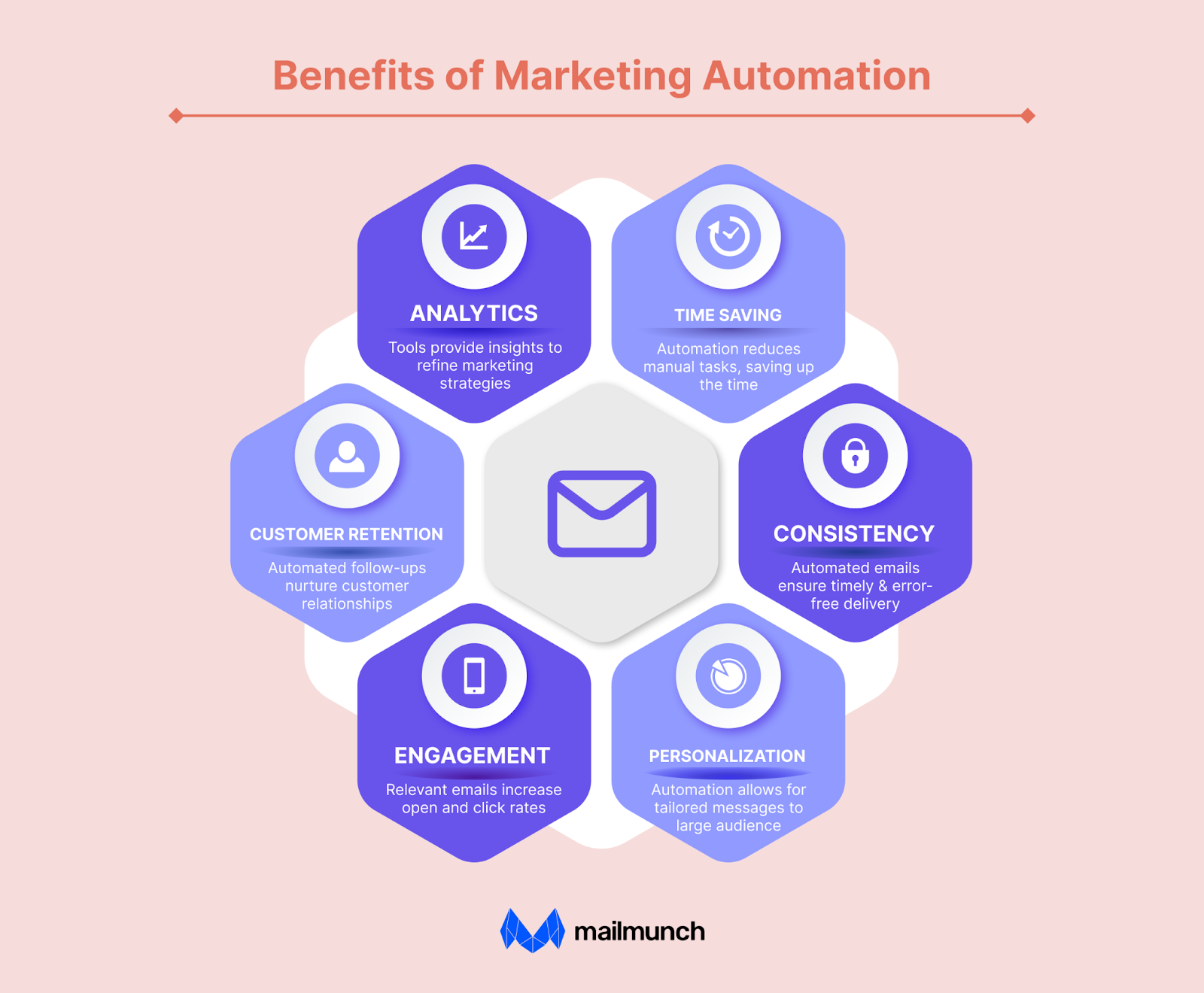
Key automation examples for online courses:
Tools to use:
Expert Tip: Use tagging or segmentation within your automation workflow. For instance, tag contacts who downloaded a design-focused guide differently from those who downloaded a marketing guide. This allows sending highly relevant follow-ups that increase engagement and conversions.
Interesting: Personalized automated emails can outperform generic campaigns by 50% or more in engagement metrics.
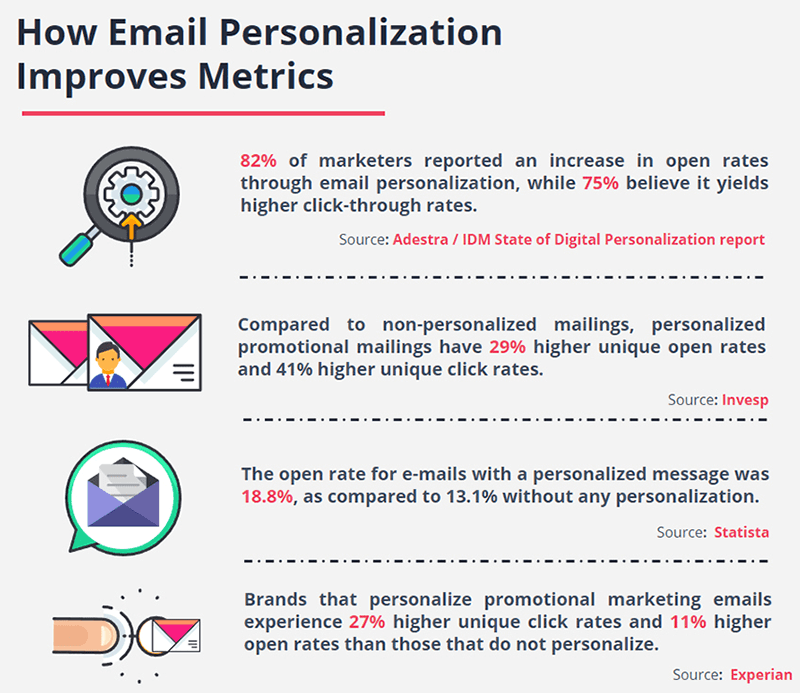
Sending emails is only half the battle. Making them engaging ensures subscribers open, read, and take action. Great emails connect with your audience, provide value, and guide them toward enrolling in your course.
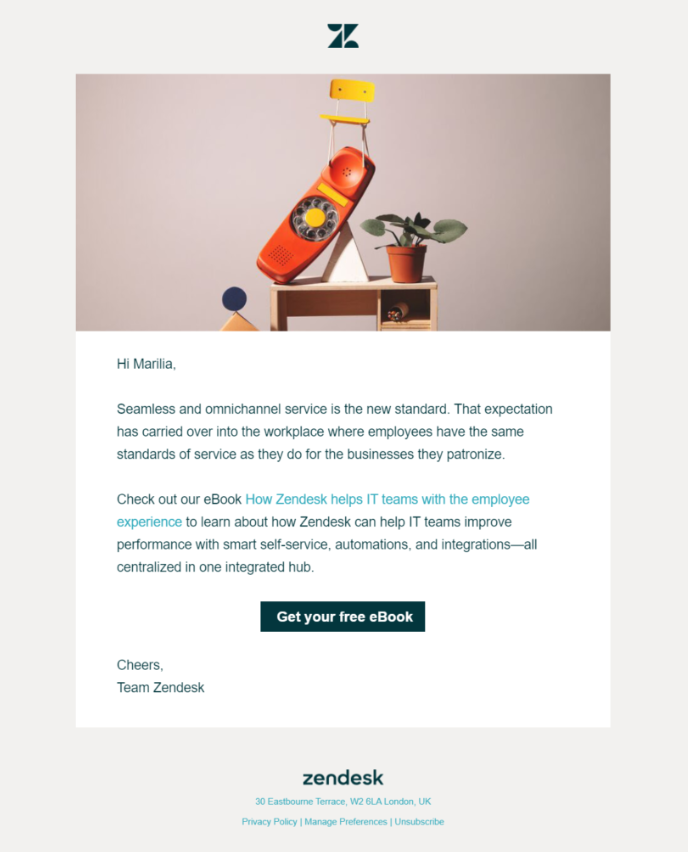
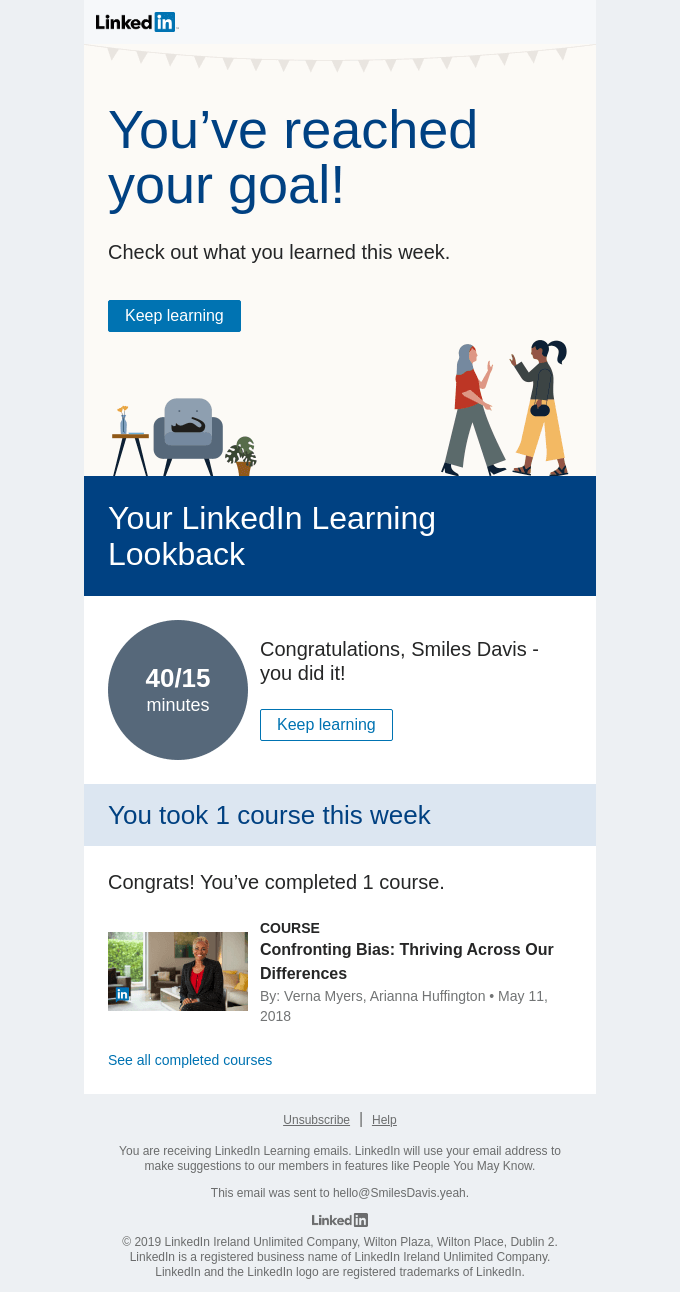
Creating emails that truly connect with your audience is the difference between high engagement and low open rates. Your emails should educate, inspire, or solve a specific problem for your subscribers.
How to craft resonating content:
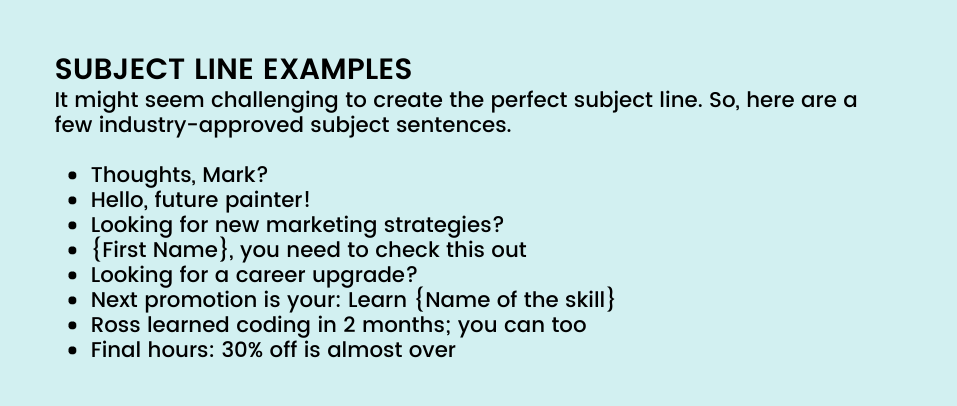
Insider Tip: Test different tones (friendly vs. formal) and formats (plain-text vs. minimal graphics) to see what drives the highest engagement.
Emails are only effective if they lead to high-converting landing pages. A landing page is where your subscriber becomes a student.
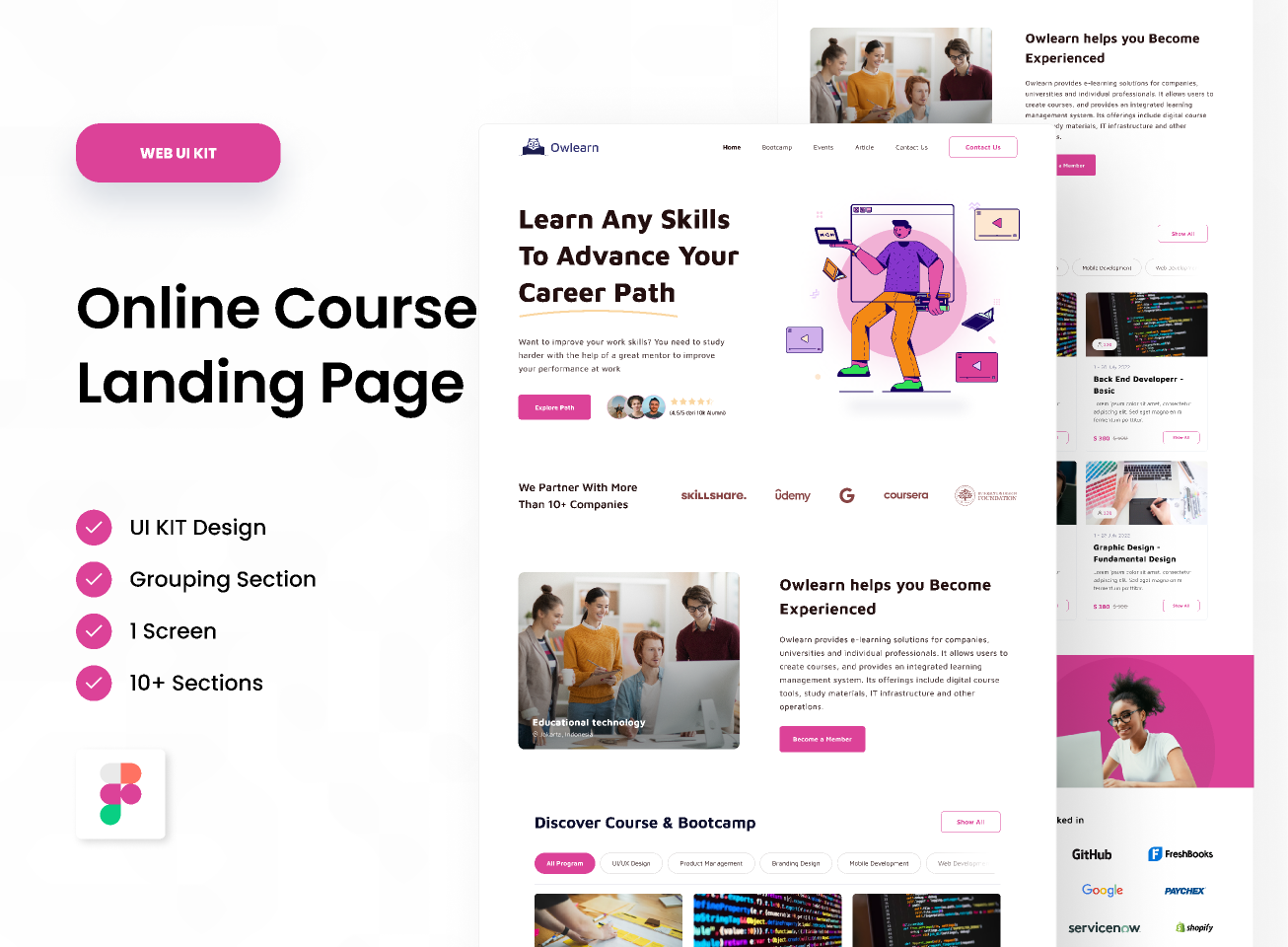
Essential landing page elements:
Email marketing isn’t static. Continuous measurement and optimization are key.
Metrics to track:

Optimization strategies:
Interesting: Small CTR improvements compound over time. For example, increasing a 3% CTR to 4% on a 10,000-person list can mean 100 more course enrollments.
Even when you’re not running a launch, maintaining consistent contact builds trust and keeps your audience warm. Evergreen emails position you as an authority in your niche.
Ideas for evergreen content:

Expert Tip: Mix formats, including text, images, and short videos, to keep content dynamic. Subscribers get bored with repetitive formats.
A growing list is valuable, but a clean, active list performs even better. Regularly remove inactive subscribers and validate email addresses to reduce bounces. This improves deliverability and ensures your emails reach engaged students.
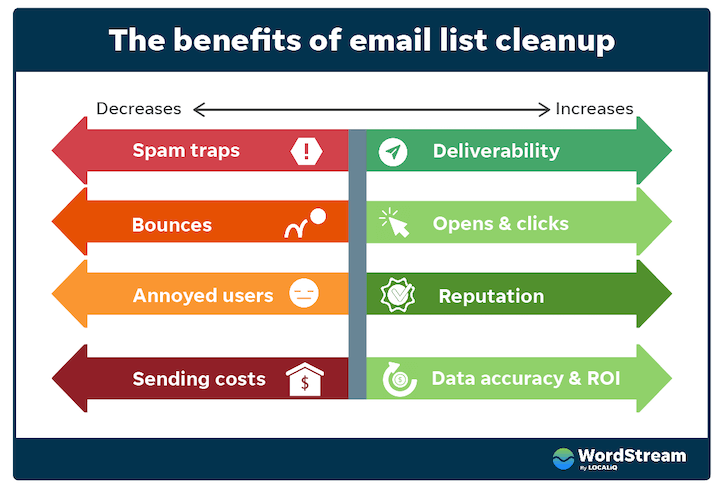
Insider Tip: Segment inactive subscribers separately and send a re-engagement email before removing them. Sometimes all it takes is a reminder or a small incentive to stay.
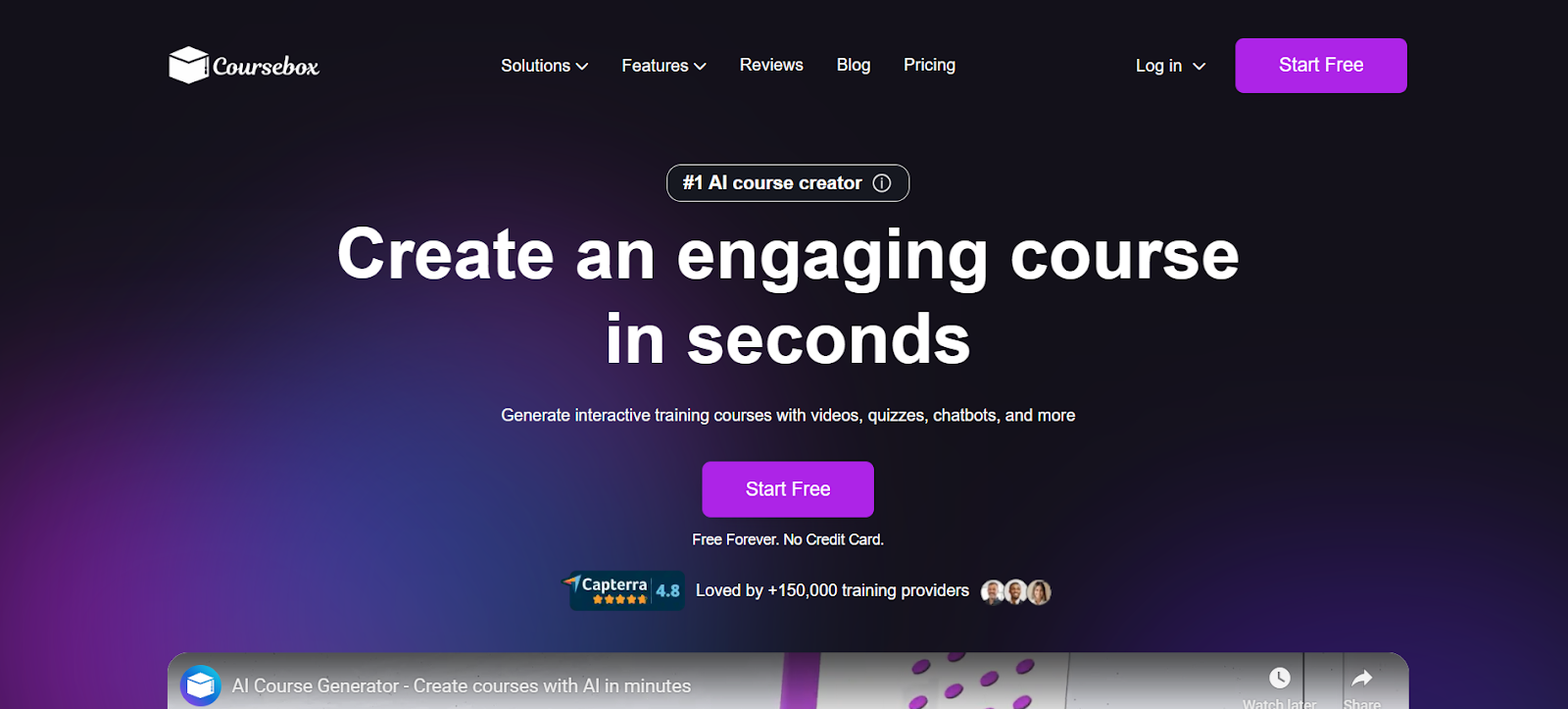
Creating a great course is just the start. To boost reach, engagement, and revenue, a strong email marketing strategy is essential. Email remains one of the best ways to connect with your audience and nurture learners. Here’s a final set of tips to elevate your email marketing even further.
Offer free resources, discounts, or downloadable content to encourage sign-ups, but avoid buying lists. Only send emails to people who opted in, and be transparent about what you’ll send and how often. This builds trust and keeps your list healthy.
Over 40% of emails are opened on mobile devices, research reveals. Ensure text is readable, graphics are clear, paragraphs are short, and your subject line and preheader display properly. Always test emails on multiple devices.

Send emails only to subscribers who expect them. Include a clear unsubscribe link and avoid sending too frequently. Aim for one to two emails per week while monitoring your engagement metrics.
Regular newsletters (weekly or monthly) help maintain engagement. Keep them focused, informative, mobile-friendly, and segmented for better targeting. Allow subscribers to choose the type of content and frequency they prefer.
Before sending to your full list, preview and test emails on multiple devices. Check for spelling, mobile display, layout, functioning links, and CTA clarity.
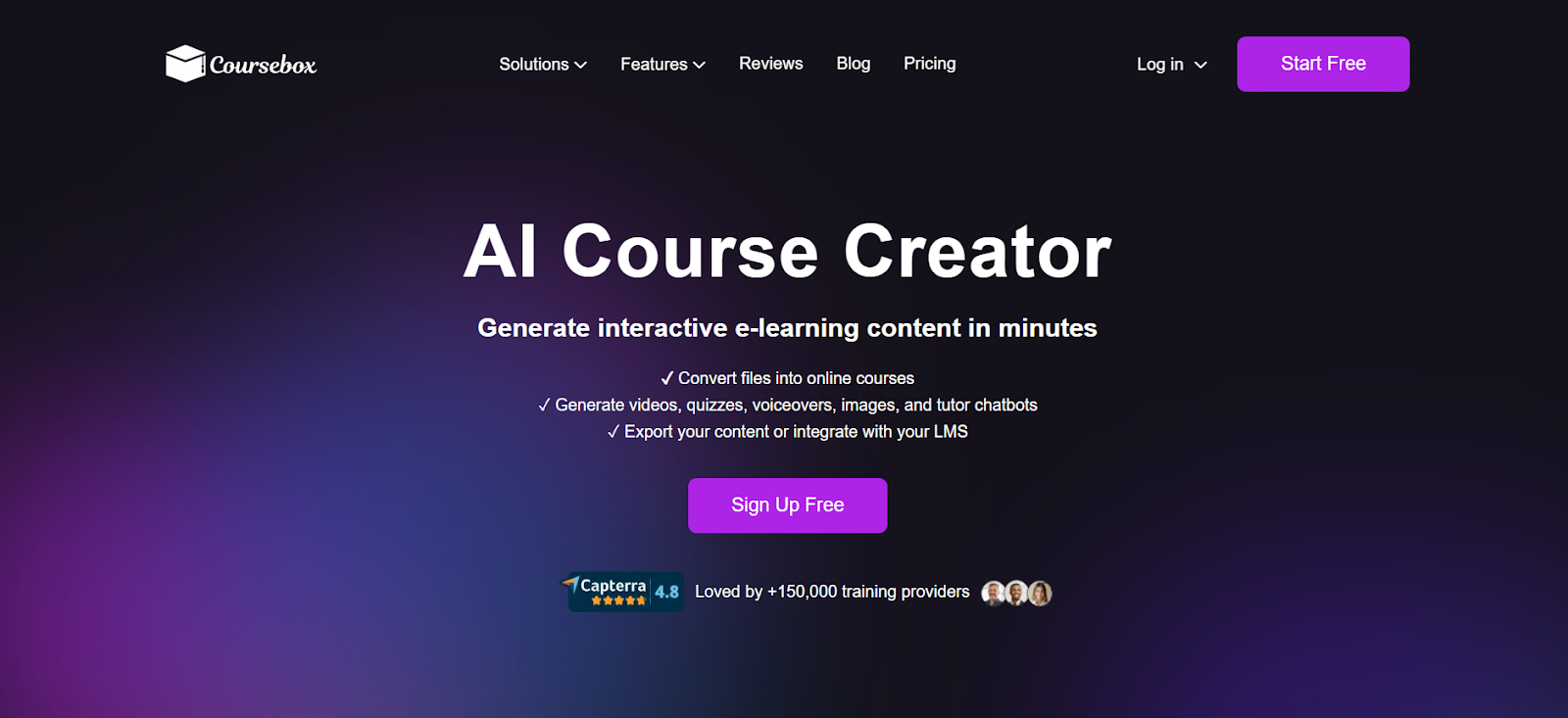
Email marketing is most effective when you have valuable courses to promote.
Coursebox AI is a robust platform for creating, hosting, and managing online courses. Use it to design engaging lessons, track student progress, and integrate seamlessly with email tools for targeted campaigns.
Having a strong course offering makes every email more meaningful and your marketing more effective.
Use automated emails to remind students of progress, celebrate milestones, and provide tips or resources. Integrating Coursebox AI with platforms like ActiveCampaign or Mailchimp lets you trigger messages based on course activity, keeping learners engaged and motivated to finish lessons.
Emails with actionable tips, mini-lessons, case studies, student success stories, or downloadable resources perform best. Using segmentation and dynamic content ensures each subscriber receives relevant materials, boosting engagement and encouraging enrollment in additional courses.
Send one to two emails per week, prioritizing value over promotion. Monitor engagement metrics like open and click-through rates to adjust frequency. Scheduling tools such as Mailchimp, ConvertKit, or ActiveCampaign make consistent delivery easy while avoiding subscriber fatigue.
Yes. Platforms like Coursebox AI integrate with tools such as Mailchimp, ActiveCampaign, or HubSpot. This syncs student data, triggers automated sequences, and delivers personalized content, creating a smooth experience from email engagement to course participation.
Keep your email list clean by regularly removing invalid addresses, segmenting inactive subscribers, and sending re-engagement campaigns to encourage opens or clicks. Popular all-in-one tools for this include ActiveCampaign, MailerLite, and ConvertKit, which handle list cleaning, automation, and analytics in one platform.
Get started for free today.
